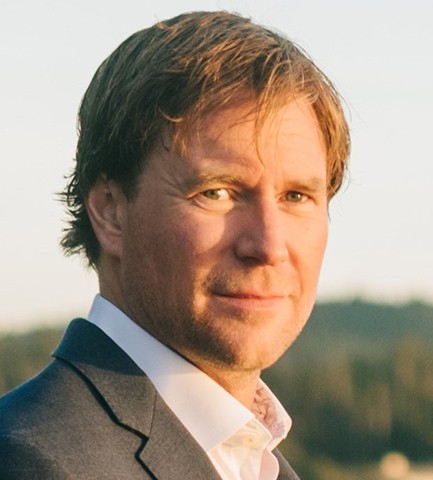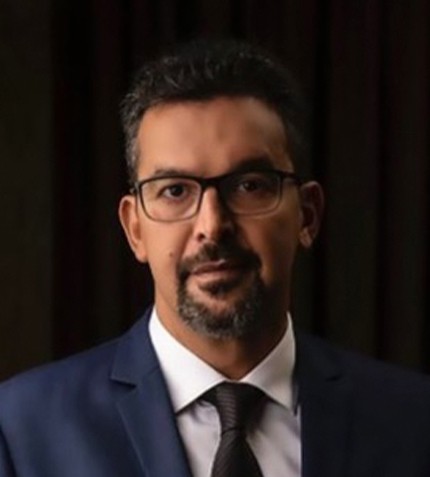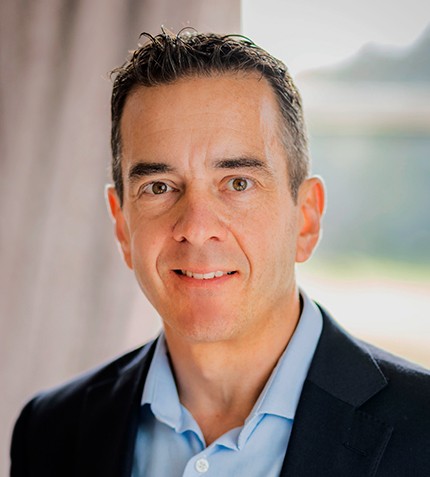
"Considering the time it takes to attain permits in Peru, Forte Minerals’ approach is to work on permitting all three of the projects at the same time."
Patrick Elliot
PRESIDENT & CEO, FORTE MINERALS CORP
Why has Forte Minerals Corp decided to rebrand from Forte Copper Corp and go public in 2021?
Forte Copper Corp was formed in 2016, but Forte wanted to stay private while amalgamating assets. This helped to preserve share capital and assemble a meaningful portfolio before going public and drill testing. With the copper market performing the way it has in 2021, and the positive fundamentals moving forward, Forte feels it is a good time to go public. On the brokerage side, Forte is engaged with Haywood Securities towards the IPO on the CSE.
Forte initially focused on copper porphyries, but as things evolved in Peru, Forte was able to acquire some prospective ground in a gold district in Puno that had been relatively underexplored in recent years. Today, about 75% of the 23,000 hectares Forte owns are epithermal, high-sulfidation gold prospects. Therefore, we decided to rename the company Forte Minerals Corp, to better reflect the assets and our focus.
How did the GlobeTrotters Resource Group exploration model lead you to the Esperanza and Pucarini properties?
The GlobeTrotters exploration model involves collecting government data, generating algorithms to identify geophysical aster anomalies, populating thousands of anomalies throughout the Andes. It works best in areas without vegetation cover, helping to delineate argillic and sericitic alteration zones.
Of the anomalies identified, Esperanza and Pucarini were two of the properties that attracted us the most. Through government auctions, GlobeTrotters acquired Esperanza in 2014 and Pucarini in 2018, and spun them out into Forte. Esperanza is a porphyry copper moly system located northwest of Zafranal, and is drill ready. Pucarini was previously a Teck property from 2011 to 2015, and therefore well-known to Manuel Montoya. It is a huge land package, where Forte has staked 12 targets over 16,000 hectares. Forte completed a geochemical, geophysical and geological mapping work program at Pucarini in November 2020, and will drill test the principal target in 2021 alongside a regional surface exploration program on the other anomalies to better define the targets.
Forte also owns the Don Gregorio property. Can you tell us about this asset, and which of Forte’s three projects you would consider as its flagship?
Our previous exploration team first visited Don Gregorio in 2007 to evaluate the prospect before it went out for Government auction. Candente Copper won the auction for this project, which has a dozen short holes drilled on it, all of which intersected copper-gold mineralization and most ended in mineralization. In 2017, Forte Minerals entered into an option agreement with Candente Copper to purchase 60% of the project, with Forte as operators of the JV advancing the permitting, exploration drilling, social initiatives and resource development.
Don Gregorio could potentially be the flagship property, but it is not the one which is going to get drilled first due to a longer permitting timeline. However, it is more advanced than Esperanza and Pucarini, as gold and copper mineralization has been encountered on the subsurface enabling Forte to focus on expanding and defining a resource.
What is Forte Minerals’ timeline for listing publicly?
Forte Minerals plans to list sometime in July 2021, on the CSE by way of IPO with Haywood Securities Inc. Forte plans to raise up to C$4 million to support exploration expenditures planned for 2021-22 on its Porphyry Copper and Epithermal Gold projects in Peru. This will generate sufficient working capital to undertake two drilling programs in 2021.
Considering the time it takes to attain permits in Peru, Forte Minerals’ approach is to work on permitting all three of the projects at the same time from the get go. Forte has initiated the permitting process on all three projects and expect to receive 2/3 by Q4 2021.
Do you have a final message about what makes Forte Minerals an attractive proposition?
Moving rapidly along the line of opportunity towards a value maxima is very attractive to investors. Significant value growth is generated when early stage exploration moves towards resource definition, while zoning in on target development and eliminating the early-stage grassroots risk. All three of Forte’s properties offer this opportunity, with tremendous upside considering their geological potential. Furthermore, these alteration systems are large enough to be meaningful to move into a development phase if exploration success is achieved. Most importantly, Forte will not undergo heavy dilution off the bat, and will only raise what is suitable to take the company to the next stage of the valuation curve.










